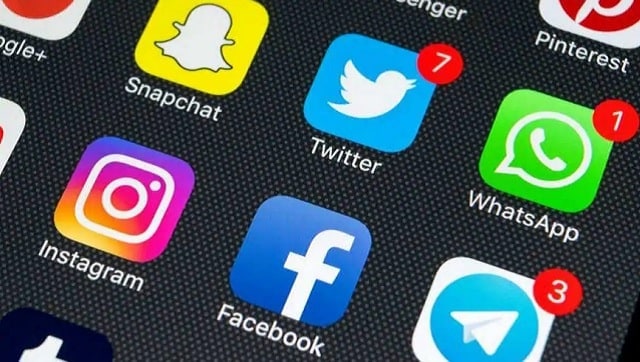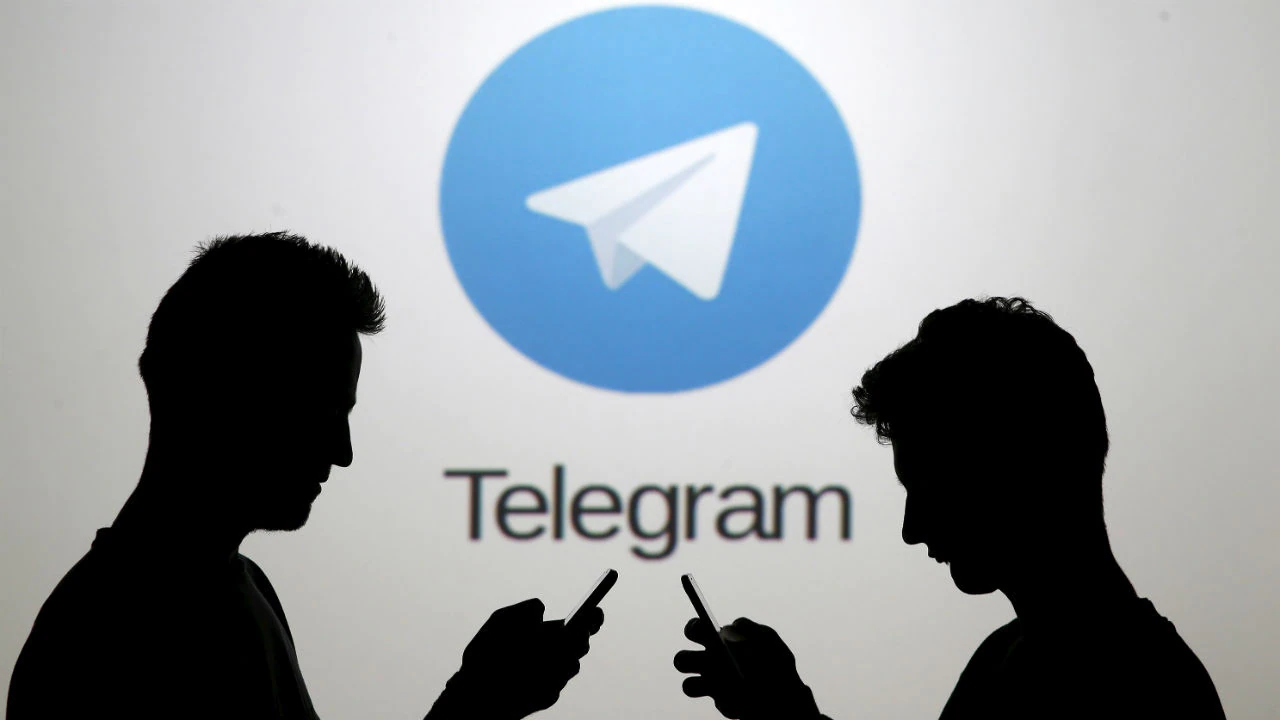Nandini YadavMay 26, 2021 08:43:39 IST
On 25 February 2021, Ministry of Electronics and Information Technology (MeitY) issued new guidelines for social media companies, Over the Top (OTT) players and digital media publishers, and a three-tier grievance redressal framework. At the time of the announcement, the ministry gave social media platforms a three-month window to comply with the new guidelines. The deadline ends Tuesday, 25 May 2021.
So far, no other platform except for Koo has complied with the new guidelines. “Koo’s Privacy Policy, Terms of Use and Community Guidelines reflect the requirements of the Rules as applicable to significant social media intermediaries. In addition, Koo has implemented a due diligence and grievance redressal mechanism supported by an Indian resident Chief Compliance Officer, Nodal Officer and Grievance Officer,” Koo said in a statement.
In case of non-compliance by other social media platforms like Facebook, Instagram and Twitter, the end of the deadline, the government could take criminal action against them.
“We aim to comply with the provisions of the IT rules and continue to discuss a few of the issues which need more engagement with the government. Pursuant to the IT Rules, we are working to implement operational processes and improve efficiencies. Facebook remains committed to people’s ability to freely and safely express themselves on our platform,” a Facebook Spokesperson told tech2 in a statement.
We have also reached to Instagram to learn more about the same.
Twitter has declined to comment.
With the new digital ethics code, the government aims to establish a “soft touch progressive institutional mechanism with a level-playing field”. Union IT and Communications Minister Ravi Shankar Prasad had said that the guidelines for intermediaries and ethics code for digital media are designed to curb misuse of social media platforms as well as streaming services and disclose the first originator of the mischievous information and remove, within 24 hours, content depicting nudity or morphed pictures of women.
(Also read: India invokes IT Act to regulate digital content but new norms may fail legal scrutiny)
As per the guidelines:
1. Social media platforms need to establish a grievance redressal mechanism, and name a grievance officer, who must register a grievance within 24 hours and redress it in 15 days.
2. In case of complaints against the dignity of users, particularly of women (exposure of their private parts, nudity or sexual act, impersonation, etc.), social media platforms will have to remove such material in 24 hours after a complaint is made.
Significant social media intermediaries guidelines
- Appoint a chief compliance officer (resident of India) who will be responsible for ensuring the compliance of the acts and rules.
- Appoint a nodal contact person (resident of India) for having 24×7 coordination with law enforcement agencies.
- Appoint a resident grievance officer who will perform the grievance redressal mechanism. These intermediaries are required to deliver a monthly compliance report on the number of grievances filed, and if/how they were redressed.
Social media platform guidelines
- Upon being asked either by the court or by the government, social media platforms will be required to disclose the originator of the mischievous tweet/ message.
- The social media platforms must have a provision for voluntary verification of users.
OTT platform guidelines
- OTT and Digital news media have to disclose details about where and how they publish content
- Grievance redressal system for Digital and OTT platforms
- Self-regulatory body headed by a retired SC or HC judge
Additionally, the Centre says it will create a ‘Grievance Portal’ and any person with a complaint about the content on OTT platforms or digital media may register the complaint with the Grievance Portal. The complaint will first be forwarded by the Centre to the concerned entity. In case the complainant is dissatisfied with the response of the Grievance Redressal Officer, they can appeal to the self-regulating body formed for the concerned entity. Further appeals can be made to the central government.
What does the new digital ethics code mean for users?
There are some changes in the digitals ethics guideline that can affect the end-user.
- Social media platforms that offer messaging services like WhatsApp and Messenger, per the guidelines, will have to enable the traceability of the originator of messages. This could undermine end-to-end encryption. Notably, the rule does not require the content of the messages to be disclosed, but even tracking information related to the first originator could affect user privacy.
- The guidelines require social media intermediaries to enable ‘automated tools’ in order to identify and take down content related to child sexual abuse or depicting rape, among others. This has the potential for ‘function creep’, which occurs when information is used for a purpose that is not the original specified purpose.











